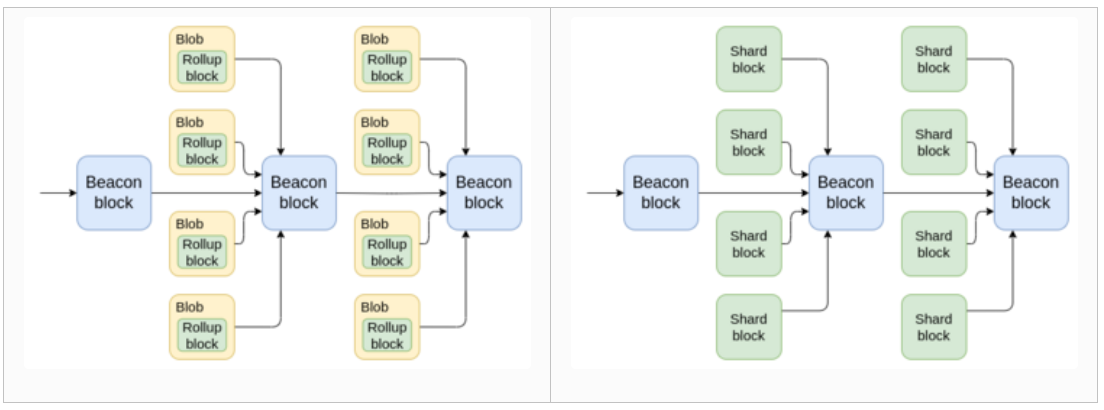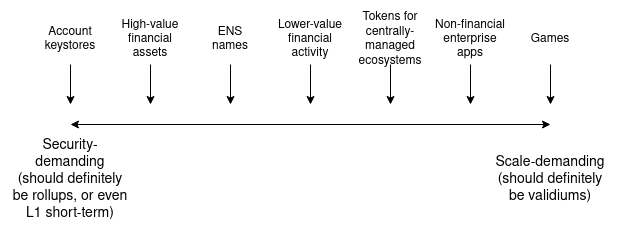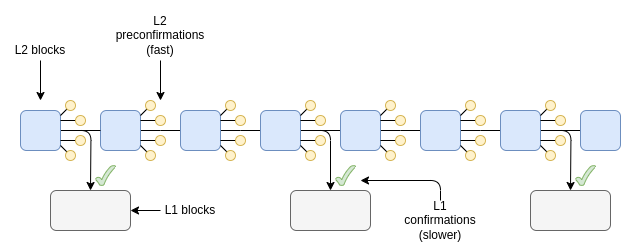- Vitalik Buterin highlights how important DAS and ZK-SNARKs are to confirming computation and data availability in the growth of Ethereum.
- The future of Ethereum is in L2-centric solutions for security, scalability, and performance, as well as various execution contexts.
Ethereum founder Vitalik Buterin just published a perceptive article outlining the potential directions blockchain technology will go.
This talk covers the parallels and differences in execution environments, the function of ZK-SNARKs and DAS in confirming calculations and data availability. Here we go over the main ideas in his paper and examine how it will affect Ethereum going forward.
Vitalik published an article discussing the trade-offs in security, speed, and coordination challenges inherent in a layer-2-centric ecosystem versus a more centralized layer-1 approach. The article stated that A layer-2-centric ecosystem is sharding in a very real technical…
— Wu Blockchain (@WuBlockchain) May 23, 2024
The Final Chapter: Comparable Routes for Blockchain Advancement
Reiterating his “Endgame” piece from two and a half years ago, Buterin highlights how blockchain technology will grow in remarkably similar ways going forward. Both routes need a lot of on-chain transactions, which calls for a lot of processing power and data bandwidth.
Regular Ethereum nodes, such as a 2 TB reth archive node, are unable to manage this workload by themselves.
As such, ZK-SNARKs are used for computation verification and DAS for data availability in both “L1 sharding” and a rollup-centric strategy. Rollups act as shards, thereby essentially achieving sharding with Ethereum.

Configurations of Rollup Worlds and Shard Chains
One important difference between these two universes is the fallout from programming errors. While in a shard chain world, errors can result in consensus failures, in a rollup-centric world, they can result in lost currency.
Buterin predicts that as formal verification technology improves and protocols become more established, the importance of flaws will decrease, in line with what ETHNews previously disclosed. The two visions will probably differ very little in the long run.
Buterin draws attention to the notion of execution environments, which Ethereum investigated in 2019. This idea involves having several “zones” with unique regulations for virtual machines and account operations.

While some grandiose ideas were shelved, Ethereum L2s—rollups, validiums, and Plasmas, among others—now function as execution environments. Explored are several strategies:
- Arbitrum Stylus: Complements the EVM with a virtual machine built on WASM.
- Fuel: Based on a UTXO design akin to Bitcoin.
- Aztec: Presents a novel paradigm and language built on privacy-preserving smart contracts based on ZK-SNARK.
Scale and Speed Security Tradeoffs
Ethereum L1 comes at a price but provides strong security assurances. Although there are now few transaction fees on L1, if technology falls short of demand, those fees may rise.
Several non-financial applications, such as gaming or social media, can profit from the L2-centric strategy because they do not need such strong security. L2s enable a range of cost- and security-tradeoffs by supporting different data availability strategies.
Fast Transactions
Transaction speed represents yet another important trade-off. While blocks in Ethereum L1 occur every 12 seconds, several L2s are experimenting with block times of a few hundred milliseconds.
Preconfirmation procedures used by L2s enable speedier transactions without taxing the consensus. Applications that need for rapid response times need this greater speed.

Buterin illustrates the advantages of a layer-2-centric environment for organizational and cultural reasons with an example. What gets constructed and how is shaped by the difference between L1 and L2 ecosystems, much as various economic systems affect behavior and development.
L2s provide the security of shared networks with the inventiveness of autonomous chains in a balanced package. This arrangement encourages developers to innovate and communities to form around novel ideas.
Innovation Without Permission
The capacity of L2s to implement novel strategies without requiring core developers’ consent is one of its main benefits. Even unorthodox ideas can flourish in the varied ecosystem that this permissionless innovation creates.
More experimental and quick development is possible because each L2 is isolated so that errors do not affect the larger Ethereum network.
Meanwhile, as of right now, ETH is trading at about $3,783.95, slightly up 0.74% in the last 24 hours and 25.50% over the previous seven days, according to CoinMarketCap data.



